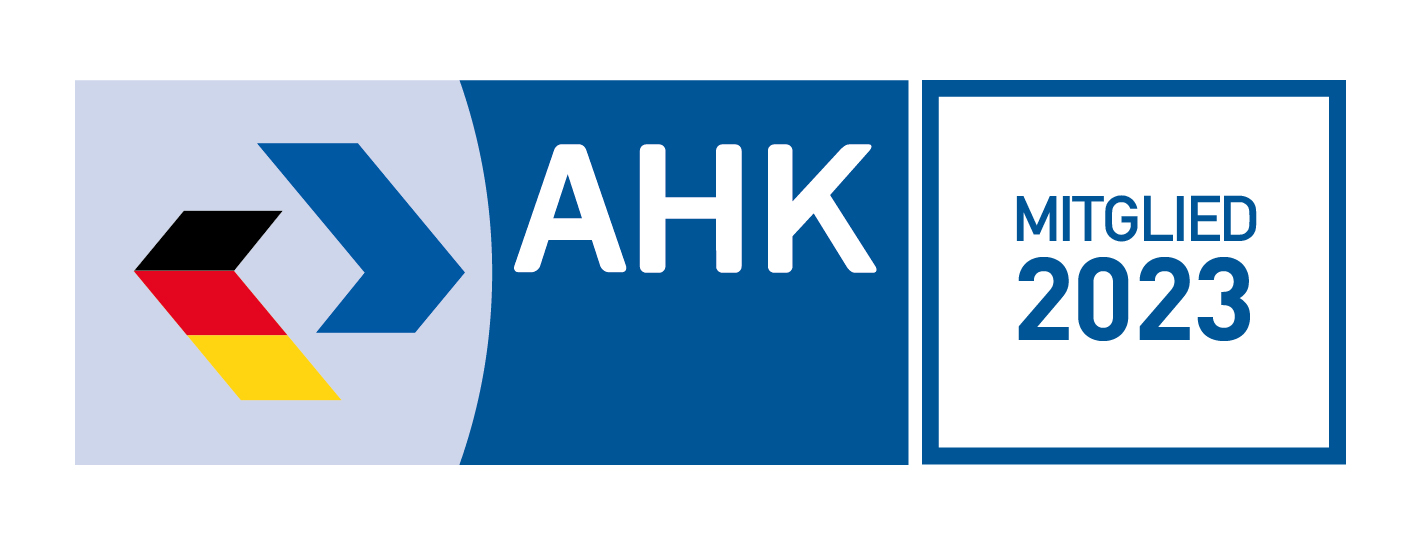Technology service provider X-Project and law firm King & Spalding have jointly developed a compliance check of real estate with the EU Taxonomy Regulation. The report ensures funds and other property owners that their assets are taxonomy compliant.
“We can do Article 9,” says Holger Weber, CEO of x.project. The engineering and IT company specializing in the real estate industry and the international law firm King & Spalding have developed a report that can be used to check the compliance of real estate with the EU Taxonomy Regulation. This provides real estate portfolio holders such as fund companies with external confirmation of compliance with EU requirements for Environmental Social Governance (ESG).
In the long-term cooperation of the two partners, the engineers and technicians of x.project take over the individual tests, such as the energy-efficient building structure, the resource-saving design of the technical building equipment, the recording of consumption values and the use of raw materials in new buildings. Legal reviews are performed by King & Spalding’s lawyers. Subsequently, a statement is made on the fulfillment of the requirements of the Taxonomy Ordinance.
“The real estate market’s need for a technically and legally combined ESG audit with confirmation of conformity is enormous“, says Weber, “although we have also been able to carry out ESG reporting in the past, for example with regard to technical requirements for environmental criteria, we have not been able to confirm compliance in accordance with the requirements of the EU Taxonomy Regulation.“For a holistic ESG audit, technicians and lawyers must work hand in hand, explains Axel Schilder, lawyer and Office Managing Partner of King & Spalding in Frankfurt.
“We will also play the S and the G”.
In addition to climate protection and climate adaptation, the compliance report will in future also be updated to include the other environmental objectives of the EU Taxonomy Regulation and is particularly relevant for so-called impact funds under Article 9 and for ESG strategy funds under Article 8 of the Disclosure Regulation. They must have or aim for a minimum percentage of sustainable investments. According to Weber, the first funds have already been acquired as clients, which the interdisciplinary team supports in their ESG strategies.
However, the report does not, of course, guarantee a corresponding classification by the German Federal Financial Supervisory Authority (Bafin), Weber adds. “Our product refers to the taxonomy compliance confirmation of an individual property,” emphasizes attorney Cüneyt Andac of King & Spalding. However, the properties in an impact fund should be taxonomy compliant.
The report could also be relevant for companies with real estate holdings. This is because, in addition to financial reporting, these may in future also be required to report on sustainability in accordance with Article 8 of the EU Taxonomy Regulation, says Weber. In perspective, the joint compliance report will also consider the social taxonomy, adds Linda Rebholz, technical consultant and ESG specialist at x.project. For this, however, the EU regulation must also first be further developed and concretized, she adds. “We can also play the S and the G, but we don’t yet have a clearly defined framework for this,” says Weber. Stefan Merkle
Image: Holger Weber, Axel Schilder, Linda Rebholz and Cüneyt Andac (from left to right).
Source: Immobilien Zeitung, Author: Stefan Merkle
An article from Immobilien Zeitung No. 12/2023 of March 23, 2023 | www.iz.de | 059-OL





